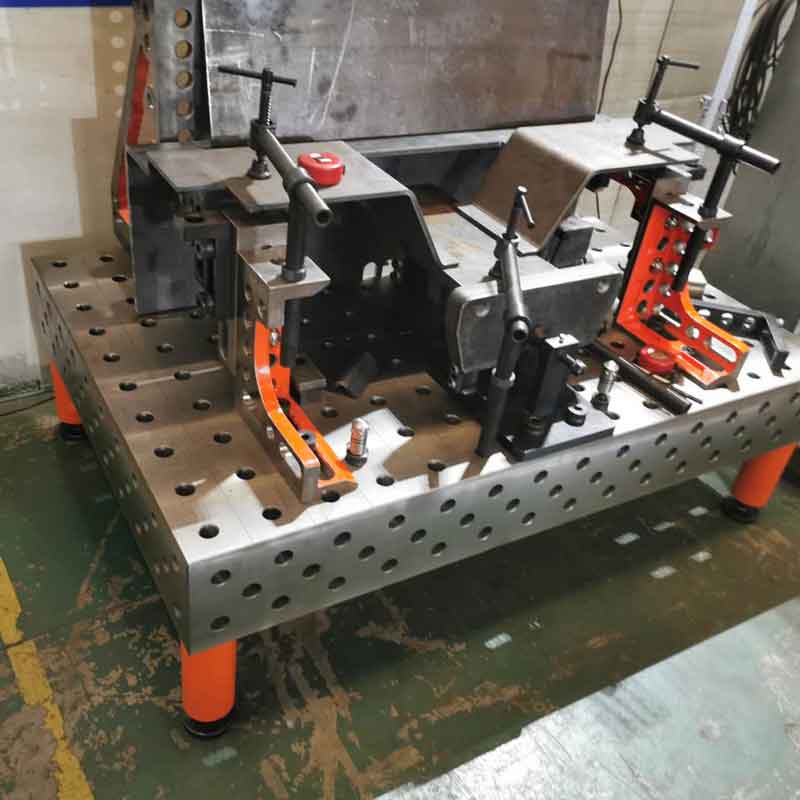In the processing field of machining centers, there are many types of processed parts, and the corresponding tooling fixtures are also diverse. However, the principles and principles for the use of these fixtures are basically the same. This article mainly introduces the use of several types of commonly used tooling fixtures. Specifications and precautions, I hope it will be helpful to customers and netizens!
1. Electrode chuck series
Terms of Use:
1. Before use, you must check whether the parallelism of the four hexagonal nails is within the tolerance range.

2. The chuck must be clamped within the allowable range according to the material specifications.
3. When using the side screws to lock the electrode, do not tighten violently. Lock properly and evenly.
Precautions:
1. Operators should regularly check whether the hexagonal nails on the chuck base are damaged. If the damage is serious and cannot meet the standards, they should be replaced in time.
2. Ensure that the chuck is intact and clean before installation to ensure there is no residue.
3. When the chuck is not in use or after use, it should be properly stored on the bracket to prevent wear and tear.
2. Manual chuck series
Terms of Use:
1. Keep the surface of the chuck clean and free of residue before clamping the product.
2. After the product is clamped in the chuck, check whether the tie rod is pulled in place.
3. After processing the product, the chuck is locked during the cleaning process to prevent residue from splashing into the interior of the chuck, which will shorten the life of the chuck.
Precautions:
Use the stainless steel handle lever to control the locking of the turntable. Do not use excessive force, just lock it.
Used in CNC machining centers, milling machines and grinders.
3. Centering detection series
Terms of Use:
1. Clamp it to the machine head, use a metal bar to connect the workpiece and the tungsten steel ball to check whether it is normal. If it is correct, it will make a sound.
2. When detecting or centering, appropriate end faces must be selected to ensure the accuracy of detection and centering.
Precautions:
1. Operators should be familiar with the instructions for use of this inspection tool, use it strictly in accordance with the operating specifications, pay attention to protect the inspection tool from falling or being bumped, and do not expose it to moisture or corrosive gas.
2. Do not allow foreign matter or dust to adhere to the end face during centering or detection.
3. During the centering process, the centering rod is strictly prohibited from directly discharging the end face of the product to detect centering. It is best for the operator to wear high voltage and insulating gloves. Direct contact is not allowed. The probe and the object to be detected are protected from electric shock.
4. After using the inspection tools, they should be placed in a special box for safekeeping.



